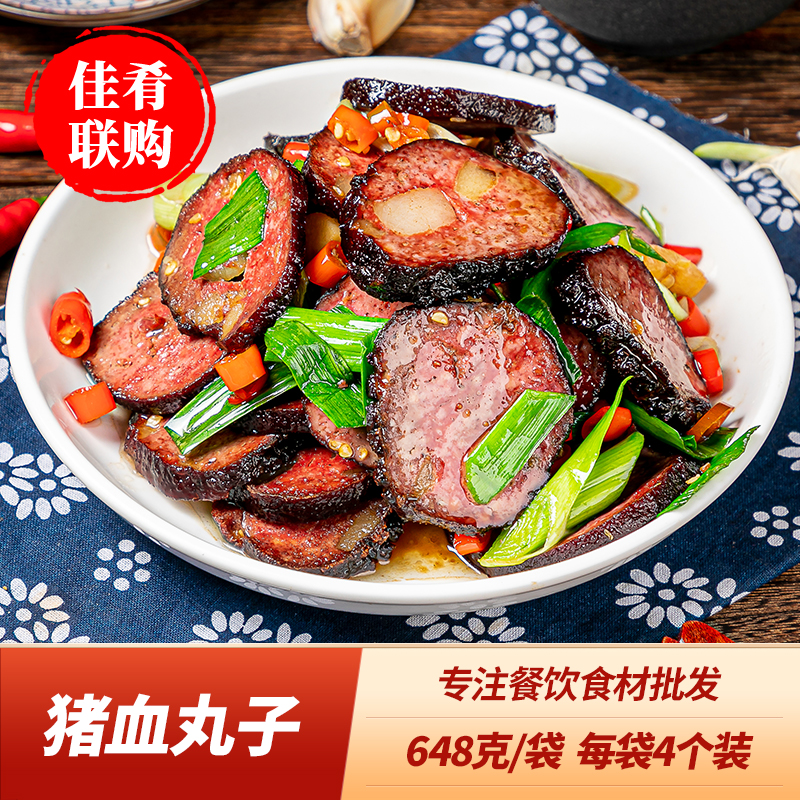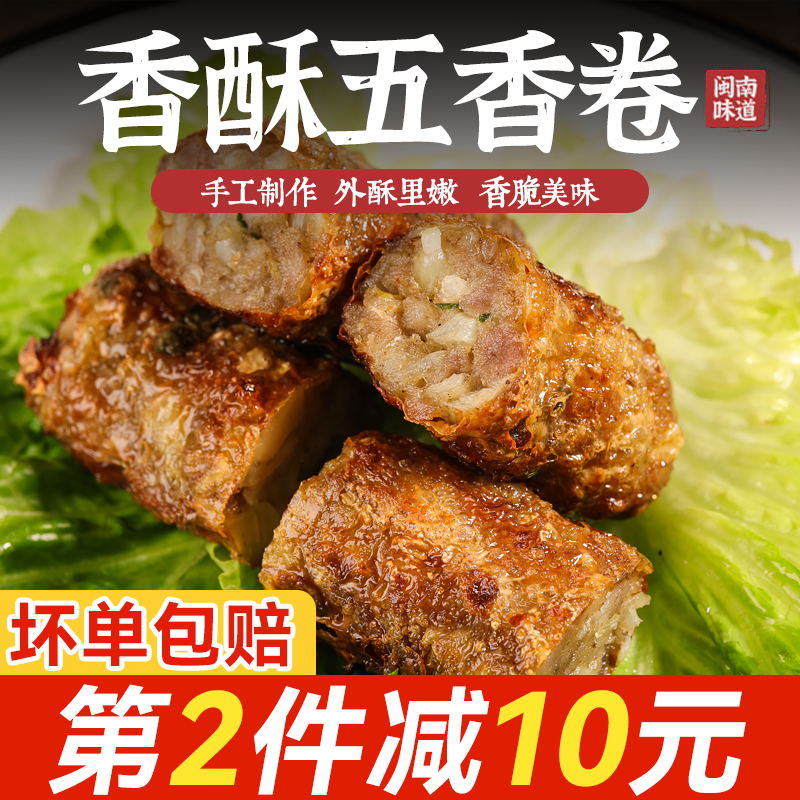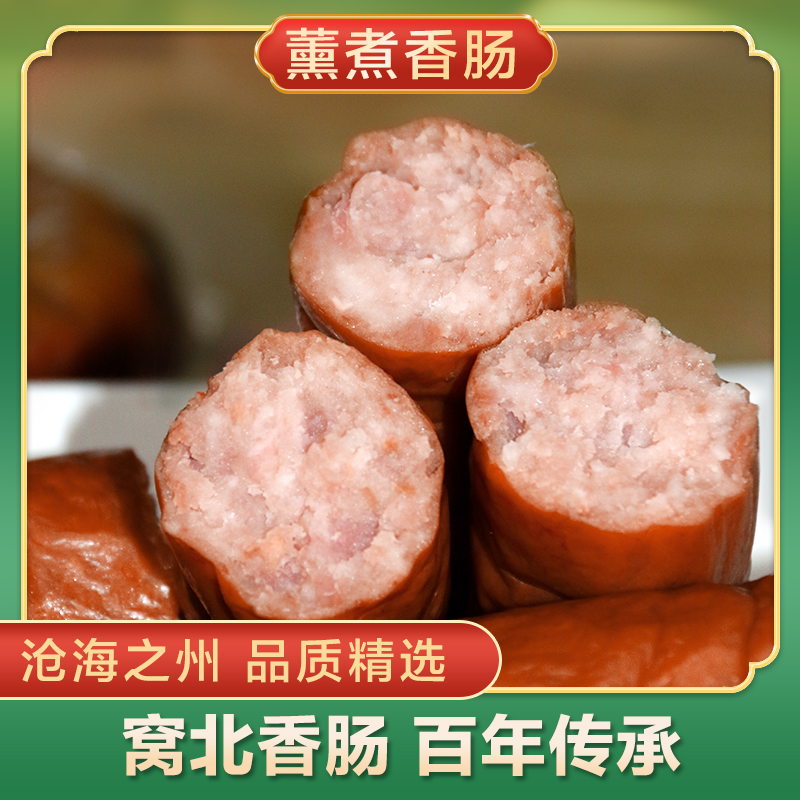关于西藏美食的英文
糌粑是藏族的主食。藏族人一日三餐都有糌粑。糌粑,名字听起来新鲜,实际上就是青稞炒面。它是青稞麦炒熟、磨细、不过筛的炒面,食用时用手不断在碗里搅捏,揉合成团,用手往嘴里送。由于吃法简单,携带方便,很适合游牧生活。Tsampa Tibetan staple food. Tibetans have breakfast is Tsampa. Tsampa, name sounds fresh Fried, is actually barley. It is baked wheat, barley, not the ground, edible Fried sieve continuously in the bowl and stir knead dough, knead, by hand to pick-mouth delivery. Due to eat simple, easy to carry, very suitable for nomadic life.
西藏简介英文版的
"Tibet" in the history of not only the general public, and even specializes in Tibetan studies scholars can not be more clear explanation. At present some say, there are still many problems. This is due to the history of Tibetan, Chinese, Mongolian, Manchu on the part of the Qinghai-Tibet Plateau and the geographical name of the Tibetan people, said many changes have taken place, and the history of the name of the cross and influence each other, has led to the Tibet and the Tibetan people to call its meaning is still more complicated.
Tibet: official clearance to name its name. Tang and Song for Tibet; Nobumasa a million homes; next possession, said Wu Si, such as the Division are located; possession of the early Qing Dynasty, said Wei, Wei Qiancang that is, that is, possession after possession; after officially named as Tibet, the Tibetan name for the beginning; Qing Tibet's Minister for Law; the beginning of the Republic of China Tibet; after the founding of the PRC, after the Tibet Autonomous Region, the district has the same name.
7】 【origin of the century, the rise of Tubo Dynasty, most of the reunification of the Qinghai-Tibet Plateau, the Chinese Tang Dynasty, ancient books and records of "Tibet" Tubo Dynasty name, but also refers to the Tubo Dynasty share some regions, and sometimes refers to the Tubo Dynasty tribes As a group, said.
“西藏”一词的来历,不仅社会大众,甚至专门研究藏学的学者,能够解说清楚的也不多。在现今提出的一些说法中,仍存在不少疑难之处。这是由于历史上藏语、汉语、蒙古语、满语对青藏高原各部分的地域名称和对藏族的族称曾经发生过多次变化,而且这些历史上的名称互相交叉和影响,使得至今对西藏和藏民族的称呼及其含义仍然存在较为复杂的情形。
西藏:以清正式定名得名。唐宋为吐蕃;元属宣政院;明称乌思藏,设都司等;清初称卫藏,卫即前藏,藏即后藏;后正式定名为西藏,为西藏得名的开始;清设西藏办事大臣;民国初西藏地方;建国后仍之,后改西藏自治区,区名至今未变。
【发源】7世纪,吐蕃王朝兴起,统一了青藏高原的大部分,所以唐代汉文典籍用“吐蕃”来称呼吐蕃王朝,同时也指吐蕃王朝所占有的地域,有时还指吐蕃王朝的各部落作为族称。
英语介绍西藏饮食习惯
Tibet's traditional diet is Tibetan meal, tourists to Tibet to appreciate the natural taste of some. Tibetan meal is a representative sample of burning sheep, beef, Zanba, green tea and wine trees. Tibetan meal tastes light stress calm. Many vegetables, in addition to salt and Chuangsuan, cling to any spicy dressings, reflects the culinary culture Fanpiaoguizhen trend of the times.
Tibetan cuisine forming mainly in the late 1950s, the Chinese nation as a whole is in the unique flavor of a system. Raw material to cattle, sheep, pigs, chickens and other meat and potatoes, turnips and other vegetables category. Diet to rice, flour, barley based. Like heavy oil, Hou Wei and incense, cakes, sweet, crisp foods, spices and more spicy, sour and reuse spices, commonly used roasted, fried, fried, boiled, and other laws. Traditional Hospitality feast from tea, Effect of Potentilla anserine rice, steamed stuffed bun Guantang, grasping mutton, the Huicai, yogurt six food composition, full of the nation is still learning.
Because of geographical reasons, Tibet since eating habits are unique ethnic characteristics. But for tourists, as a regular diet was not customary. Tourists to Tibet, and have the choice of restaurant to taste some characteristics of Tibetan foods, such as various types of vegetable enema, highland barley wine and tea, grasping the meat of cattle and sheep, yak tongue salad, steamed stuffed bun, Zanba, various cakes, as well as hupehensis Rehd, tea, yogurt, Kao Chang, dried meat, Sharp Green (meat paste), and so on.
Most restaurants operating in Tibet Sichuan, tastes slightly improved, but generally acceptable. There is also a supply of foreign Western Hotels, and some will have Tibetan song and dance performances
西藏的传统饮食是藏餐,旅游者到西藏,自然要领略品尝一番。藏餐中有代表性的是烧羊、牛肉、糌粑、酥油茶和青棵酒。藏餐的口味讲究清淡、平和。很多菜,除了盐巴和葱蒜,不放任何辛辣的调料,体现了饮食文化返朴归真的时代潮流。
西藏菜的成形主要在五十年代后期,是中华民族整个风味体系中独具特色的一支。原料以牛、羊、猪、鸡等肉食,以及土豆、萝卜类等蔬菜。饮食以米、面、青稞为主。喜欢重油、厚味和香、酥、甜、脆的食品,调料多辣、酸,重用香料,常用烤、炸、煎、煮等法。传统的待客筵席由奶茶、蕨麻米饭、灌汤包子、手抓羊肉、大烩菜、酸奶6道食品组成,饱含民族习尚。
因为地理等方面的原因,西藏饮食习惯有着自独特的民族特点。但对于游客来说,作为经常性的饮食则不太习惯。旅游者来到西藏,可以有选择地到餐馆品尝一些有特色的藏餐、藏菜如各类灌肠、青稞酒和酥油茶、牛羊手抓肉、凉拌牦牛舌、包子、糌粑、各种糕点,以及甜茶、奶茶、酸奶、烤肠、风干肉、夏普青(肉浆)等等。
西藏餐馆大多经营川菜,口味略有改良,但一般人都可接受。涉外宾馆里还供应西餐,有的还会有藏族歌舞表演。
西藏!英文介绍。
Brief Introduction to Tibet
The Tibet Autonomous Region is located in the southwest part of the Qinghai-Tibet Plateau. It borders on Sichuan and Yunnan provinces to the east, Qinghai and Xinjiang to the north, and shares borders with India, Nepal, Sikkim, Bhutan and Burma to the south, and bounded by Kashmir to the west.
The region covers more than 1.2 million square kilometers, accounting for one eighth of China’s total land mass, and ranking second in China.
Tibet has various complex landforms such as high and steep mountains, deep valleys, glaciers, bare rocks and gobi deserts. All places in the region lie at an average altitude of more than 4,000 meters.
It is roughly divided into four areas: the north Tibet plateau, the south Tibet valley, east Tibet mountains and valleys, and Himalaya Mountains.
It is bitterly cold in winter, with a marked difference in temperature between daytime and night. It features scarce precipitation and a sharp contrast between the dry and wet seasons. It is dry in winter and spring, with frequent occurrence of strong winds, as well as a low oxygen content.
Tibet is so sunny as to have an annual sunshine of between 1,500 and 3,400 hours. It has a short frost-free period, usually ranging from 120 to 140 days a year.
Tibet has a population of 2.61 million, 92.2 percent of whom are Tibetans, or 2.41 million. Apart from Tibetans, there are other ethnic groups such as Han, Hui, Monba, Lhoba. Enditem
Tibet’s Population Increases 400,000 in Ten Years
The fifth census of the Tibet Autonomous Region shows that Tibet ‘s population has shot up 420,300 in ten years.
The region currently has a total population of 2.62 million , up 420,300 , compared to the figure of 2.2 million as indicated in the fourth census , rising at an average annual rate of 40,700 , or 1.7 per cent.
Of all residents in the region, Tibetans number 2.41 million , accounting for 92.2 percent. Han people, the majority in most of China, number 155 ,300 , 5.9 percent of the total.
Other ethnic minorities have a combined population of 49,900 , 1.9 percent of the total.
西藏的英文介绍急啊
China's southwest, is known as the world. The ridge, population about 2800000 area more than 120 square justice, capital Lhasa, known as the highest city in the world, there are seven hundred DuoNian long history, beautiful scenery, there are many places of interest, such as the potala palace. In the political, economic and cultural, make great progress
西藏的特产有什么?
1、牦牛肉。
西藏的牦牛肉当然是最出名的,牦牛肉制作成的生肉酱那是小编吃过最难以忘怀的美食之一。藏族有句谚语:没有牦牛就没有藏族,而有藏族的地方,就有牦牛的身影。
牦牛一直以来被称为“高原之舟”,高原牦牛都以牧草为主食,小编曾在藏区跟团旅游时听导游提到过,高原牦牛吃的是山珍野味:吃的是冬虫夏草、喝的是农夫山泉、拉的是六味地黄丸,确实很形象的体现了牦牛的生长环境,因此,牦牛肉的肉质可以说,是牛肉中的极品。
2、酥油。
酥油是从牛、羊奶中提炼出来的。首先是先将奶汁加热后,倒入木桶内来回抽打,直到能搅拌成油水分离的状态,再把浮起来的一层淡黄色脂肪舀起来装入口袋,冷却后便是酥油了。酥油有很高的营养价值,有许多种吃法,不过在西藏,主要的是用于制作酥油茶。
3、手掌参。
手掌参,顾名思义,形状似手掌,是一种藏东南特有的非常名贵的药材,有补血益气等功效。味道有些像土豆,一般在石锅鸡里都会尝到。手掌参作为藏药材中名贵的特产药材之一,由于人工繁殖困难,长期以来手掌参药材的来源完全依赖于自然野生资源。
4、青稞。
青稞具有非常强的地域标识性,提到青稞人们便会想起西藏、想起青稞酒。大概再没有什么作物,像青稞一样,与一个民族结合得如此紧密,青稞地上似乎从来都站着一位身着藏族传统服装的妇女,高原的阳光洒在大片的青稞地上,也洒在她的脸上。
5、木碗。
“丢也丢不下,带也带不走,情人是木碗该多好,可以揣在怀里头。”这是一首西藏古老歌谣中的歌词,词中藏族人将木碗比作情人,也可理解为木碗是和情人一样重要的存在。一只小小的木碗,对藏族人来说,是生活和情感的依托,可想而知木碗在藏族人生活中的重要性。











